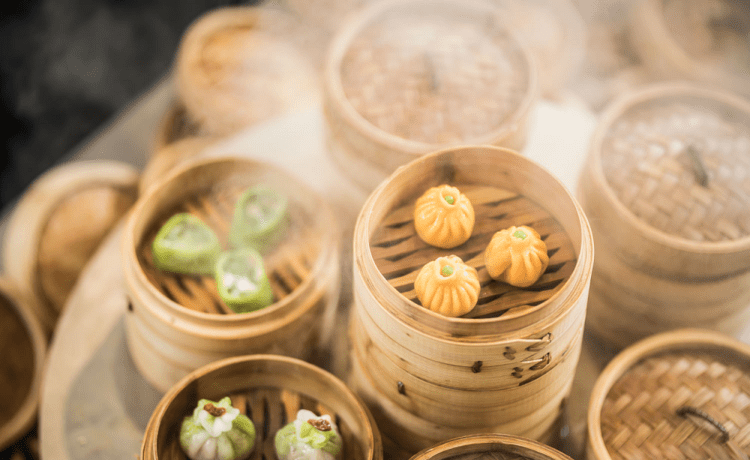Dim sum is a traditional Chinese cuisine that has become a staple of Singapore’s food culture. The bite-sized dishes served in steaming bamboo baskets and plates have become synonymous with family gatherings, celebrations, and weekend brunches. The cultural significance of dim sum in Singapore goes beyond just food; it is an integral part of Singapore’s multicultural heritage and a reflection of the country’s history and diversity.
Origins and History of Dim Sum in Singapore
Dim sum originated in Guangzhou, China, during the ancient Silk Road era, where it was known as “yum cha,” which translates to “drink tea.” It was a form of morning tea, where small snacks were served with tea. Over time, the concept of yum cha evolved, and the snack became the main attraction. Today, dim sum is served throughout the day and has become a popular cuisine worldwide, including in Singapore.
Singapore’s history as a trading port and its significant Chinese immigrant population have contributed to the popularity of dim sum in the country. The cuisine was introduced to Singapore in the 19th century by Cantonese immigrants, who brought their culinary skills and culture to the island. Over time, Singapore developed its own unique style of dim sum, influenced by the diverse Chinese regional cuisines, Malay, Indian, and other cultures that make up the country’s multicultural heritage.
Role in Family Gatherings and Celebrations
Dim sum is more than just food; it is an integral part of Singapore’s family culture. It is a popular choice for family gatherings and celebrations, such as birthdays, weddings, and Chinese New Year. The small plates and steaming baskets of dim sum are ideal for sharing, making it a social and interactive dining experience that brings people together.
In Singapore, dim sum is often served in restaurants with large round tables that can accommodate extended families and groups of friends. It is common to see several generations of a family sharing a meal of dim sum and catching up on each other’s lives. The cuisine has become a symbol of familial love and bonding, reflecting the importance of family in Singaporean culture.
Traditional and Modern Dim Sum
Traditional dim sum dishes are steamed or fried, and they come in a variety of shapes and flavors. Popular dishes include har gow (steamed shrimp dumplings), siew mai (steamed pork dumplings), char siu bao (barbecue pork buns), and egg tarts. These dishes have been popular for generations and continue to be served in traditional dim sum restaurants.
In recent years, modern dim sum restaurants have emerged, offering creative and innovative takes on the traditional dishes. These restaurants use fusion cooking techniques and modern presentation styles to reinvent classic dishes, such as truffle har gow, lobster siew mai, and salted egg yolk custard buns. These modern dim sum dishes have become popular with younger Singaporeans and tourists, who are looking for new and exciting culinary experiences.
Symbolism in Dim Sum
Dim sum is more than just food; it is also steeped in symbolism and tradition. Many of the dishes have special meanings, which reflect the Chinese culture and beliefs. For example, har gow dumplings represent wealth and prosperity, while siu mai dumplings represent good luck and wealth. Longevity buns, which are steamed buns filled with sweet lotus paste, symbolize longevity and good health.
In conclusion, the cultural significance of dim sum Singapore goes beyond just food. It is a reflection of Singapore’s history, diversity, and multicultural heritage, and a symbol of familial love and bonding. Dim sum’s popularity in Singapore is a testament to the cuisine’s ability to bring people together and create a sense of community.





